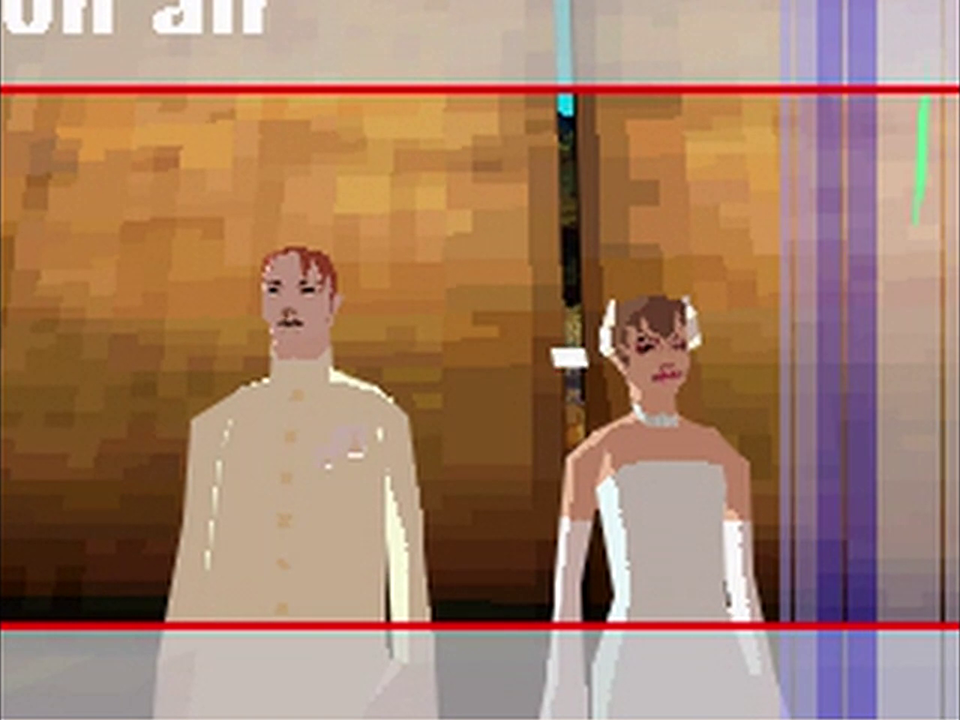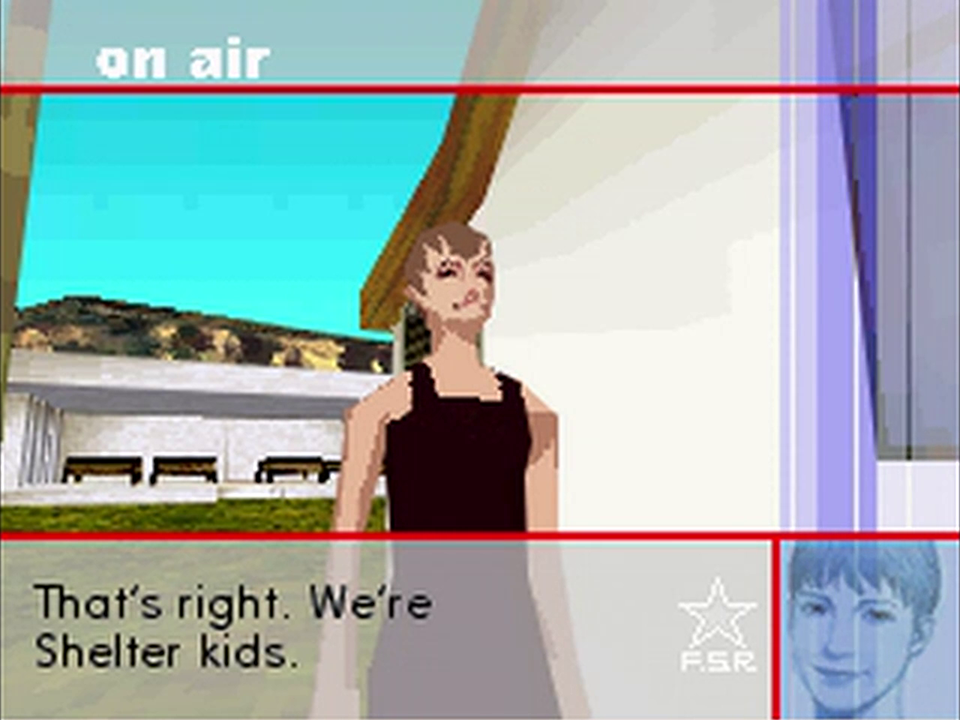While the Euro Maspro children are not Shelter Kids, these “mass-produced” humans who cannot remember the traumatic brainwashing of their childhoods are unmistakably victims of the same kind of process. In “Clair de Lune,” Sue Sding, for instance, describes similar amnesia and horror of the abuse: “The secret within me is the same as the far side of the moon. […] It was just…there, one day. And as time has passed… …it has become a dark, black shadow that dwells within my soul. […] I have no memories of the time before I was six years old.” She adds that she is an orphan and that her earliest memory is seeing the moon, which as we know is associated with Kamui. As with the Shelter Kids, the adults confronting their existence in the Euro Maspro is explicitly identified as killing the past. One of Remy Fawzil’s “stock bodies” tells her, “This is no place for you. This is your birthplace… Kill your past.”

According to Remy and Rits, there are eleven “children of revolution” who escaped the Euro Maspro. The identities of all eleven are unclear but include Mondo/Kodai Sumio, Step Sding, Sundance Shot (who is one of the Sumio clones), and Remy. (Sundance Mic is not one of these eleven because he, plainly, did not escape the island.) Emir Parkreiner, a Kamui, is a candidate: in “Smile,” Edo implies he is a Sumio clone (and he is definitely a Sumio analogue, carrying around a suitcase and living in a fugue state denying what he has done and who he is). But including Emir in the timeline is impossible on the literal level.
Shiroyabu, another character related to Kamui, is also a plausible Euro Maspro child, potentially accounting for his ability to return from death and why he can be death-filed in “boys don’t cry.” This contradicts his own telling of his backstory, but then the Euro Maspro also contradicts Sumio’s history in “Parade.” The many impossibilities further support my reading of the Maspros as metaphors for neoliberal societal violence and indoctrination: this is how the Euro Maspro happens to various characters it, taken literally, could not have affected.
***

Arguably, no major physical Kamui/Ayame incarnation is present in Flower, Sun, and Rain. The bride and groom who marry at Canadelcazett Church in “Ave Maria,” Yuuri and Seiji, are Shelter Kids, presumably Ayame and Kamui, respectively. (Though it is possible, in an alternative reading, that they come from an earlier attempt at a shelter kids project that failed to inculcate the desired personalities and/or are Euro Maspro children.) They are a loving couple, friendly, and well-adjusted. Their conflict is only that Seiji feels he cannot live up to Yuuri’s ideals, but hearing beautiful organ music ends their anxiety about the future. The couple’s marriage carries no obvious metaphysical or political meaning.

Yuuri fondly recalls her friends at the “orphanage,” indicating another positive development, solidarity between the Shelter Kids rather than the animosity and murderous danger that occurs when they initially meet in The Silver Case. In beautiful, sunny 2001, Yuuri and Seiji live out the ideal of pursuing self-actualization in the light of possibility. As Yuuri tells Sumio, “We made a promise with each other… …that we’d be the happiest people in the world!” There is no implication that they will enjoy anything less. While Sumio, Tokio, and Kusabi Toriko do not escape until the ending, these two leave Lospass Island shortly thereafter (no longer found anywhere in the game world).